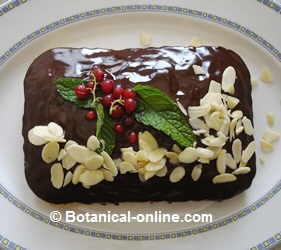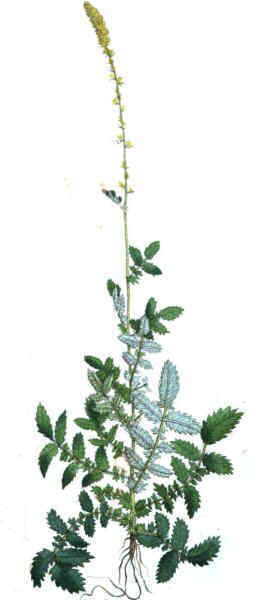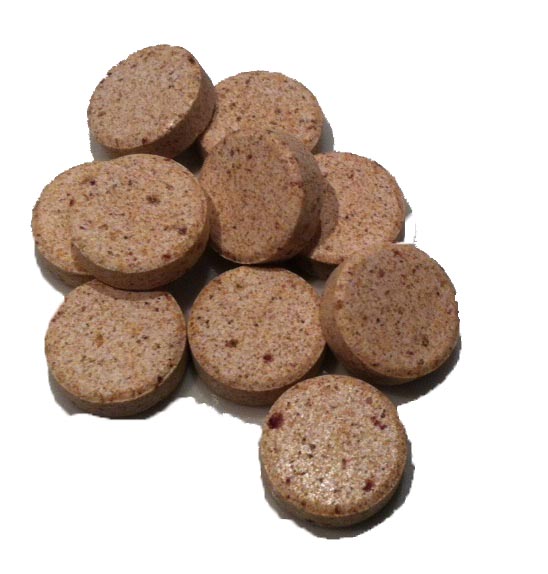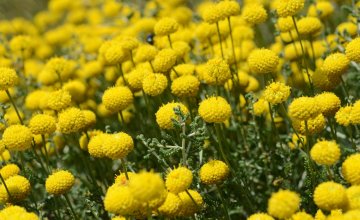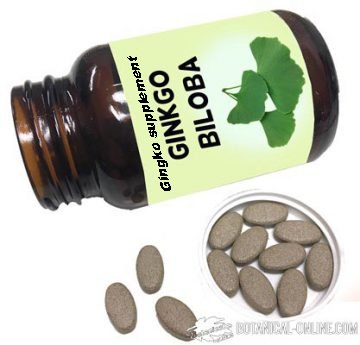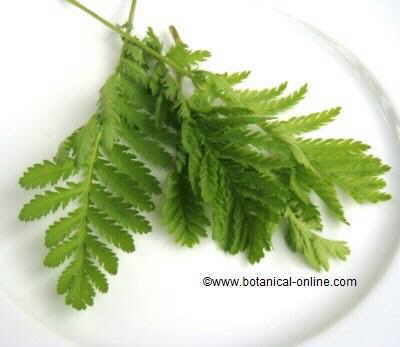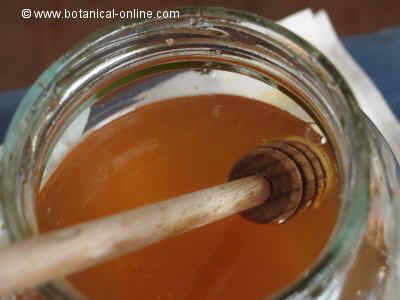Contents
WILD FLOWERS IN FOOD
Marigold flowers
Pot marigold or common marigold (Calendula officinalis) is an edible and medicinal flower. Both officinalis (medicinal) calendula and wild calendula are suitable for consumption.
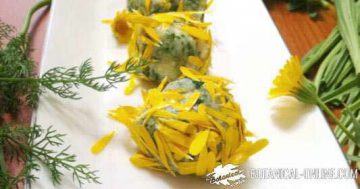
The best time to pick marigolds is around 12 or 1 noon, because that is when there is more sun, and the flowers have a greater amount of flavonoids in their flower heads (to protect themselves from the sun’s rays). These flavonoids are what give the reputed medicinal properties of these flowers for skin care.
Calendula is used in food to prepare salads, desserts or different recipes (cheese or flower butter,…). Raw is the best way to take advantage of its nutrients. The petals and flower buds are consumed. As always, you should not cut off all the flowers of the plant, as the plant will not be able to reproduce.
Dandelion flowers
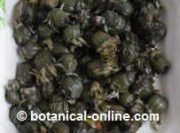
Dandelion (Taraxacum officinale) is a plant of the Compositae family, which is found very tender in spring.
The leaves of this plant are mainly used as vegetables, but the flower buds, before flowering, are excellent preserved to prepare a delicious appetizer full of flavonoids, similar to capers.
*More information: Dandelion recipes
![]()
Primrose flowers
Cowslip or cowslip primrose flowers (Primula veris) are also edible. They are carefully separated from the
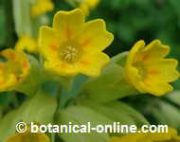
plant to be used in preserves, decoration, etc.
Nasturtium flowers
Nasturtium or garden nasturtium (Tropaeolum majus) contains the same anti-tumor components as broccoli, called glucosinolates (in leaves and flowers). These components are responsible for its light spicy flavor. The flowers have carotenes and a red pigment (sorbusin).
In salads we can mix nasturtium flowers, which are appetizers and stimulate the appetite, but also combine with all kinds of preparations.
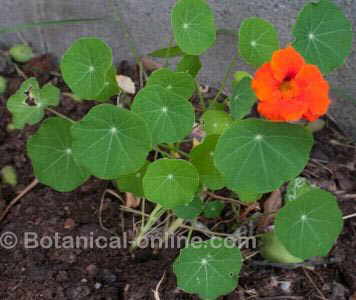
It is an increasingly common floral ingredient in avant-garde restaurants, which they use to decorate all types of dishes. The seeds of the plant are toxic.
Fennel leaves
Fennel (Foeniculum vulgare) is a plant of the Umbelliferae family, a relative of celery and parsley. It grows abundantly along roadsides and in coastal and pre-coastal areas. It is distinguished by its leaves with filiform leaflets and its yellow flowers, which grow in an umbel.
Fennel flowers are chopped in spring and added to salads, or a dressing is prepared with them. They have an aniseed flavor
that combines very well with spring salads.
*More information: Fennel recipes
Caraway flowers
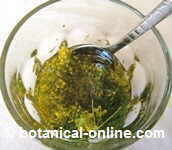
Caraway flowers (Carum carvi) are used in the same way as fennel flowers, although in this case, caraway has a more aromatic and less pungent flavor.
The flowers are added to salads, dressings, herbal cheeses, herbal butter, fish dishes, meats,… They have an aniseed flavor.
Sea fennel
Sea fennel is an aromatic plant native to the Mediterranean coast. It has slightly fleshy and refreshing leaves, which have an aniseed and slightly citrus flavor. Preserves, snacks and pickles are prepared with this plant.
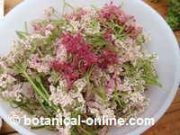
Thyme and rosemary flowers are used in a similar way to lavender flowers. They have an intensely perfumed and delicate aroma, and the flowers must be removed, just like lavender, with patience and the help of tweezers. With flowers, you can prepare ice cream, sorbets, pannacotta, cocktails, cookies, cakes,… And they can also be used as decoration, or to make salads.
Young thyme sprigs, when the stem is not yet woody, can be battered and fried as an appetizer.
*Related information:
![]() More information on edible wild plants
More information on edible wild plants
12 November, 2025


